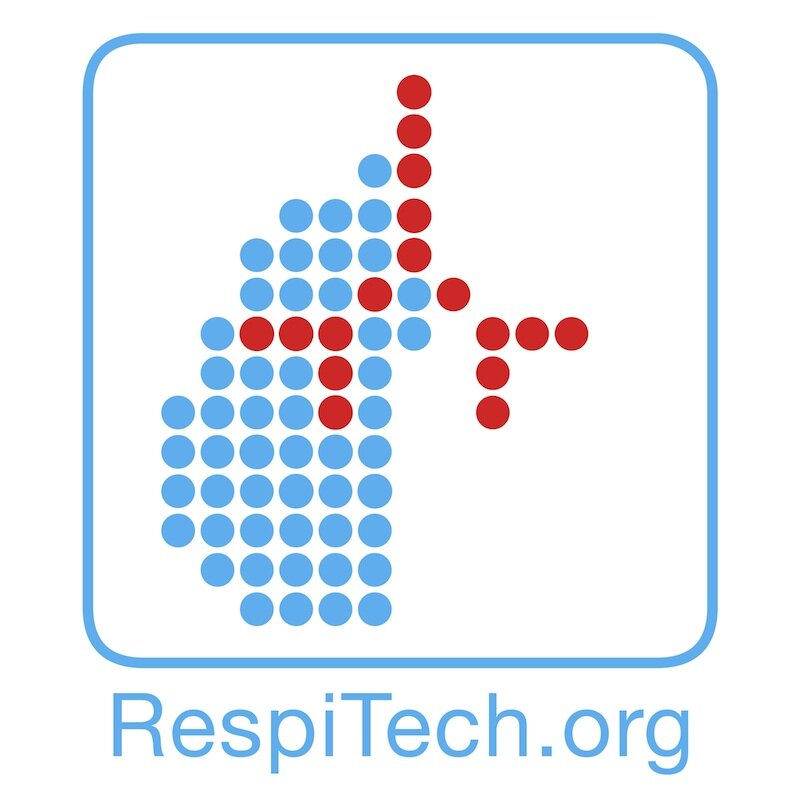Industry-academic partnerships have become a popular topic in recent years, as evident from dedicated sessions, podium presentations and discussion panels at leading pharmaceutical and respiratory R&D conferences. The reason for this drive is unclear at first; however, synergistic partnership between academia and industry has the potential to enhance productivity within the sector, ultimately resulting in new technologies.
A pessimist would argue that academics attempt to engage with industry for an additional source of income, while industry target researchers to gain intellectual property for significant profit. However, this is rarely (if ever) the case. Partnerships between academics and industry provide the means to solve significant research questions, develop new technologies and provide new avenues of research that cannot be easily achieved through isolation. Furthermore, large scale multi-institutional and industry projects can be achieved without direct funding from the industry partner.
An example of such a research program is the multi-institute “consortia project” developed by , Chiesi Ltd, The Woolcock Institute of Medical Research, University of Parma, Kings College London and University of Sydney. In late 2011, a group of academic and industry leaders met openly to discuss aerosol science and the implication of formulation parameters on drug transport and bioavailability after deposition in the lung. The result of this discussion was a multi-study consortia project between all members to investigate how formulation variables in pressurized metered dose inhalers (pMDIs)influence drug uptake in the lung. Each aspect of the study was funded by the local working party and no funds were exchanged between centres. The nature of the study involved personnel exchange between each of the centres and discrete collaborative projects towards a common goal.
The consortia project commenced early 2012 and to-date a series of significant findings have been made. The first two projects were focussed on developing a series of identical pMDI formulations, in terms of lung deposition, that had significantly different physico-chemical properties (such as morphology and excipients etc.), and to evaluate those using cell and non-cell based in vitro techniques. In February 2013 the consortia reported the results of these initial studies, with the first two papers published in the ‘European Journal of Pharmaceutics and Biopharmaceutics’
For further information of the findings follow the links: paper 1 and paper 2
The consortia continue to work towards understanding fundamental research questions in the area of respiratory science. For further information contact: paul.young@sydney.edu.au


